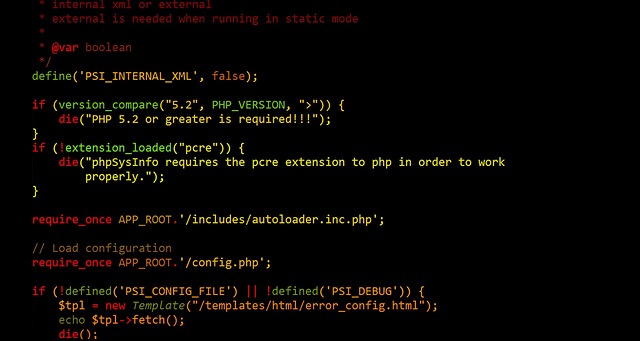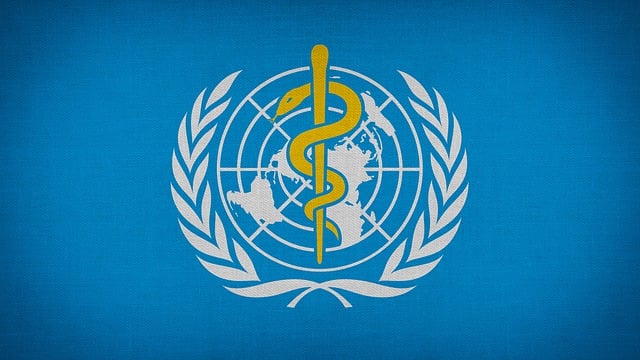
Navigating the Digital Landscape: A Comprehensive Guide to Online Earning
February 4 , 2024 Imphal By Banti Phurailatpam:
Introduction:
The emergence of the internet has transformed the way we live, work, and connect with others. In this age of digital connectivity, the possibilities for earning money online are vast and diverse. Whether you’re a freelancer, entrepreneur, or someone looking to supplement their income, the online realm provides numerous opportunities. In this comprehensive guide, we’ll explore various strategies, platforms, and tips to help you embark on a successful journey of online earning.
Understanding the Basics:
Freelancing Platforms:
Platforms like Upwork, Fiverr, and Freelancer have revolutionized the gig economy, connecting freelancers with clients worldwide.
A diverse range of skills is in demand, including writing, graphic design, programming, digital marketing, and more.
Building a robust profile with a portfolio of your work is crucial for attracting potential clients.
Remote Work Opportunities:
Traditional employment has evolved to embrace remote work, offering flexibility and accessibility.
Explore job boards like Remote OK, We Work Remotely, and FlexJobs for a myriad of remote job opportunities.
Online Surveys and Reviews:
Participating in paid online surveys and writing reviews can be an easy way to earn extra income during your free time.
Websites like Swagbucks, Survey Junkie, and Amazon’s Mechanical Turk offer such opportunities.
Affiliate Marketing:
By promoting products or services and earning a commission on each sale through your unique affiliate link, you can generate passive income.
Platforms like Amazon Associates, ClickBank, and ShareASale facilitate affiliate partnerships.
Online Courses and Ebooks:
Share your expertise by creating and selling online courses or ebooks on platforms like Udemy, Teachable, or Amazon Kindle Direct Publishing.
Providing valuable content can attract a global audience and establish you as an authority in your field.
Advanced Strategies:
E-commerce and Dropshipping:
Establishing an online store and selling physical products or utilizing dropshipping to fulfill orders without holding inventory.
Platforms like Shopify, WooCommerce, and Oberlo empower individuals to start their e-commerce journey.
Stock Photography and Video:
Monetizing your photography and videography skills by selling stock photos and videos to websites like Shutterstock, Adobe Stock, or iStock.
Consistency, quality, and relevance are key factors in this competitive market.
Cryptocurrency and Trading:
Investing in cryptocurrencies or engaging in online trading through platforms like Coinbase, Binance, or eToro.
Requires a solid understanding of market trends, risk management, and staying updated on the dynamic cryptocurrency landscape.
Creating and Selling Digital Products:
Designing and selling digital products such as printables, templates, or digital art on platforms like Etsy or Gumroad.
Tailor your products to market demand and trends for increased visibility and sales.
Social Media and Influencer Marketing:
Building a strong social media presence and partnering with brands for sponsored content or affiliate promotions.
Platforms like Instagram, YouTube, and TikTok are popular for influencer marketing, offering unique opportunities for content creators.
Tips for Success:
Build a Strong Online Presence:
Invest time in creating a professional and engaging online presence, including a well-crafted website and active social media profiles.
Continuous Learning:
Stay updated on industry trends, tools, and technologies to remain competitive in the ever-evolving online landscape.
Diversify Income Streams:
Avoid relying solely on one source of online income. Diversification helps mitigate risks and ensures financial stability.
Time Management:
Efficiently manage your time by setting clear goals, prioritizing tasks, and maintaining a healthy work-life balance.
Networking:
Actively engage in online communities, forums, and social media groups related to your niche to build connections and discover new opportunities.
Conclusion:
Earning money online has become more accessible than ever, offering a myriad of options for individuals to explore and capitalize on their skills. Whether you choose freelancing, e-commerce, affiliate marketing, or any other avenue, success often comes from a combination of skills, dedication, and adaptability. By staying informed, continuously learning, and implementing effective strategies, you can unlock the vast potential of the digital economy and carve out a successful online earning journey. Remember, the key is to start small, be persistent, and embrace the opportunities that the digital world has to offer. The online realm is a vast playground waiting to be explored, and with the right mindset and strategies, you can turn your online endeavors into a sustainable and rewarding source of income.
Navigating the Digital Landscape: A Comprehensive Guide to Online Earning Read More


















